Last updated on by MRC
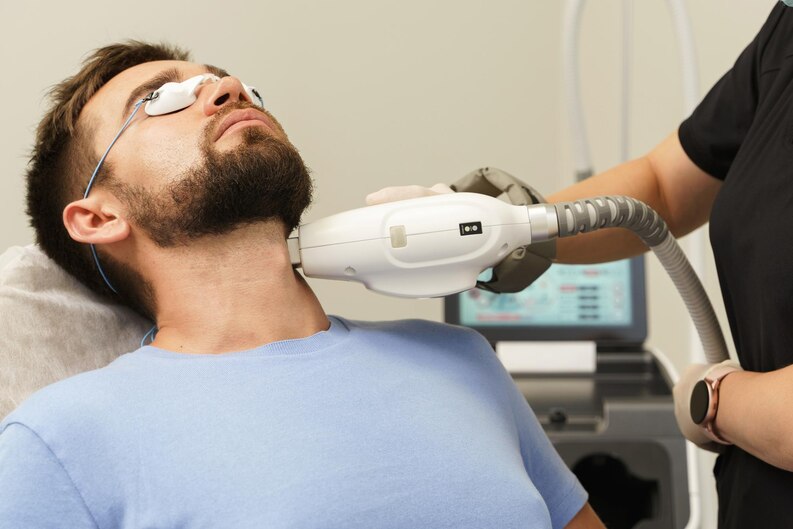
Technological advancements have provided the healthcare sector to reach unexplorable capabilities. One such innovative approach is laser therapy, which aids pain management. Unwanted pain can have a significant effect on our quality of life. This cutting-edge technology has gained attention for its non-invasive nature and promising results. In this blog, we will delve into the science behind laser treatment for pain and explore how it has the potential to revolutionize pain management.
The mechanisms behind laser treatment for pain are multi-faceted. First, the increased cellular energy production (ATP synthesis) caused by the laser stimulates cell repair and regeneration. Musculoskeletal ailments, arthritis, and sports injuries benefit from this.
Second, lasers release endorphins, the body’s natural painkillers. The laser activates this response, which may reduce the need for painkillers.
Laser therapy improves blood circulation. Improved blood flow delivers nutrition and oxygen to tissues and removes waste. Increased circulation helps the body repair, reducing discomfort.
Laser treatment for pain has shown promise in managing various acute and chronic conditions. Some of the conditions that can potentially benefit from this therapy include:
The use of laser treatment for pain management offers several advantages over traditional approaches:
Laser treatment for pain is an exciting development in the field of pain management, harnessing the power of cutting-edge technology to provide relief to countless individuals suffering from chronic pain conditions.
If you or someone you know is experiencing chronic pain, then laser treatment can be an excellent option for treatment. Now you don’t have to wonder if there is a clinic with laser treatment near me. You can seek guidance at MRC, the best pain clinic in Kolkata. At MRC, we have the latest equipment and gadgets to ensure the treatment is done best. The team focuses on solutions rather than problems. With 21 years of dedicated experience, MRC has looked out to 500+ acute & chronic pain patients excellently relieved by Laser Therapy.
Get in touch with us @80130 17420 to book your appointment.

Dealing with that nagging pain in your lower back or hips? It could be your SI (sacroiliac) joint acting up. The SI joint, or sacroiliac joint, connects your lower spine to your pelvis, and when it gets weak or misaligned, it can lead to discomfort or pain in your lower back and hips. The good news? You don’t have to put up with the discomfort forever. With the right SI joint stretching exercises, you can strengthen and stabilize this area, reducing pain and improving mobility. These exercises are simple, and you can easily do them at home. Whether you’re recovering from an injury or just looking for a way to ease the strain on your lower back, these stretches can make a real difference in your daily life.

Every parent dreams of hearing their child’s sweet voice fill the air, sharing stories, giggles, and even the occasional tantrum. But what happens when that chatter doesn’t come as easily? If you’re noticing your child is a bit quieter than their friends, it’s natural to feel a twinge of concern. Speech delays can occur for various reasons, and they don’t define your child’s potential. Instead, they can be a stepping stone to finding new ways to connect and communicate. In this guide, we have discussed the causes of speech delays in toddlers and share some creative and engaging tips for early intervention that can make a real difference in your child’s speech journey.

Tossing and turning all night, only to wake up with nagging back pain? It’s a common struggle! Believe it or not, the way you sleep can play a huge role in how your back feels when you get up. From the cozy curl-up to the starfish spread, each position impacts your spine differently. If you’re […]
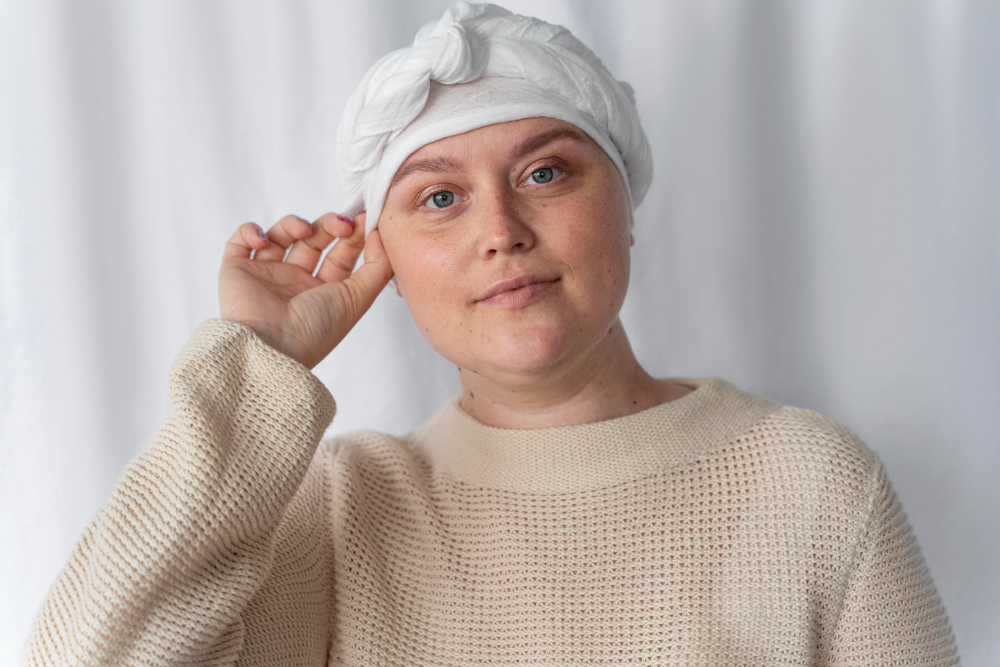
Imagine waking up one morning, looking in the mirror, and realizing that half of your face doesn’t respond. A smile feels impossible, and the simplest tasks, like eating or speaking, become difficult challenges. This is the reality for many who experience facial paralysis, a condition that can transform everyday life into a struggle. While it […]
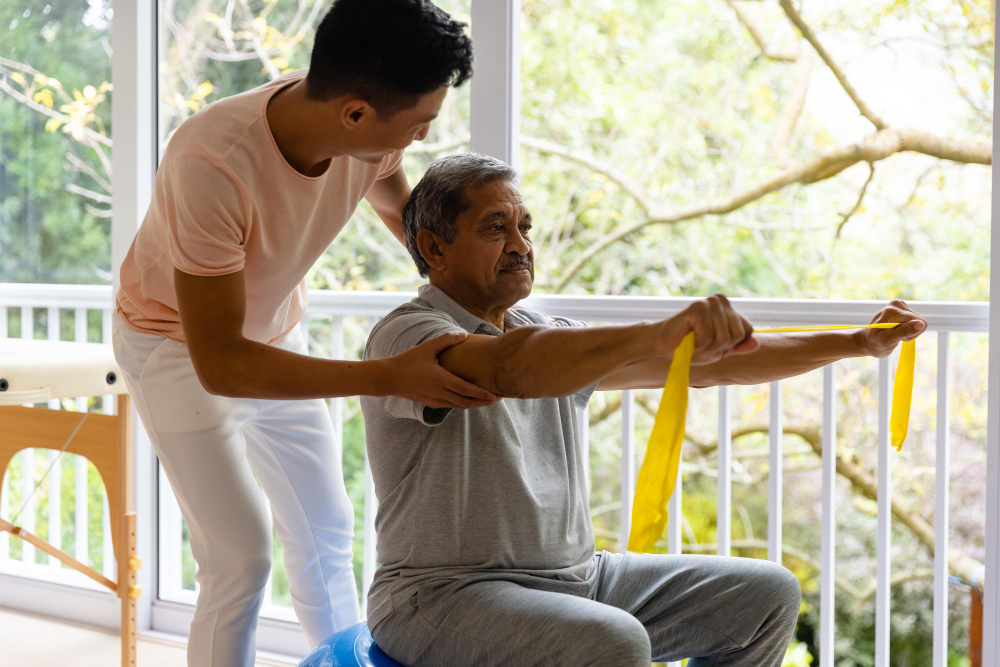
Chronic pain can feel like an invisible weight dragging down the lives of our elderly loved ones, turning simple pleasures into distant memories and everyday movements into Herculean tasks. For many seniors in Kolkata, this relentless discomfort doesn’t just challenge their bodies but also dims the vibrant spirit that once defined them. Yet, there is […]
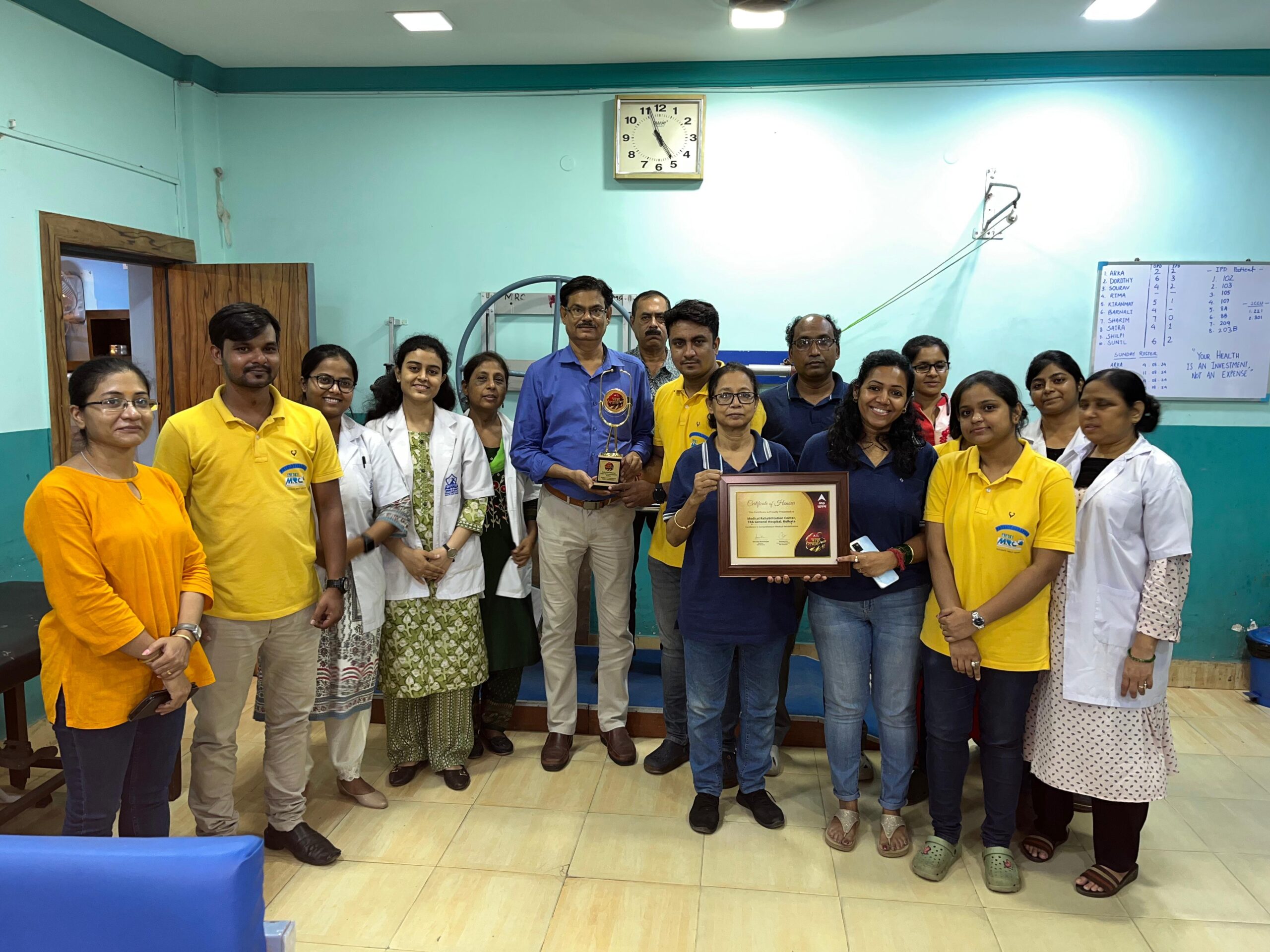
Two decades ago, rehabilitation in India was predominantly limited to treating alcoholism and drug addiction. While medical rehabilitation was well-established in the USA, this concept was not widely accepted in India, particularly for physical and neurological conditions.
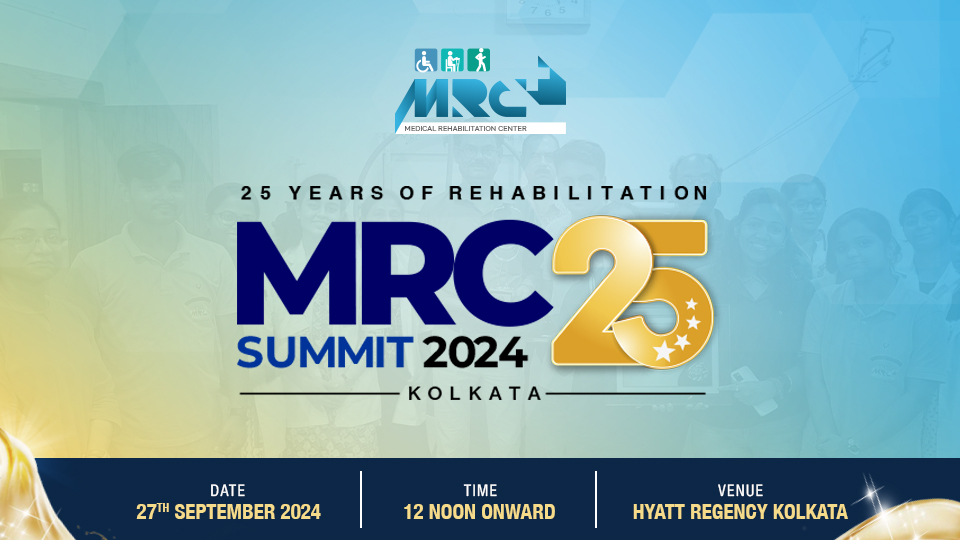
MRC marks 25 years of pioneering rehabilitation in India, advancing treatment for neuro-orthopaedic and rheumatology patients with a legacy of hope and healing.
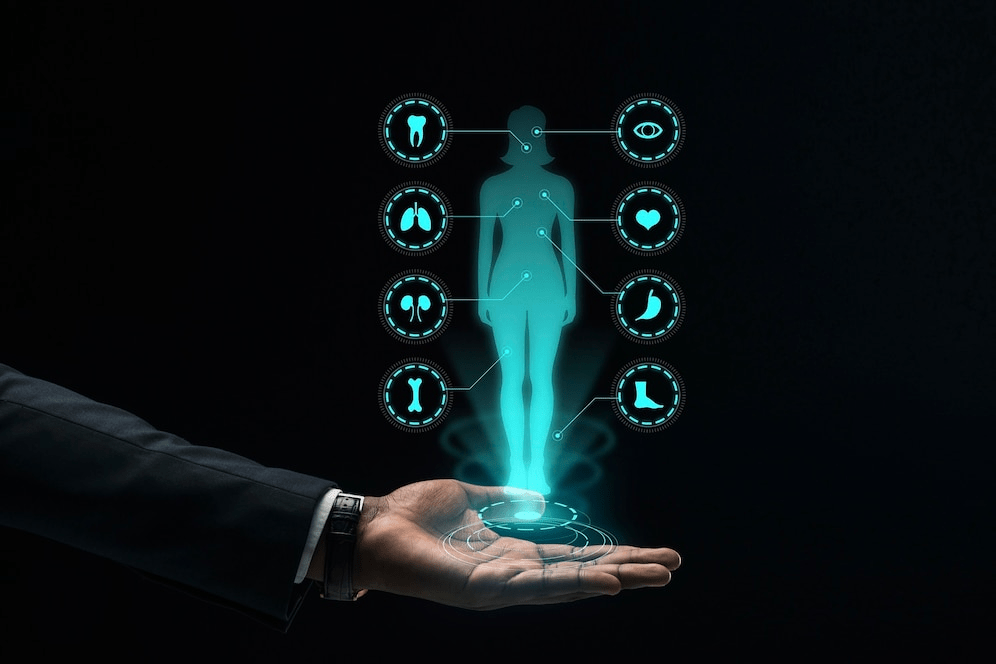
Emerging trends in physiotherapy are revolutionizing patient care with innovative techniques and technology, shaping the future of physical rehabilitation and treatment.

Physiotherapy aids PTSD recovery by improving physical health, reducing stress, and enhancing overall well-being through targeted exercises and relaxation techniques.

Understand how laser therapy works in physiotherapy to reduce pain and accelerate healing. A look into the science behind this effective treatment.

Effective physiotherapy techniques can significantly alleviate arthritis pain and improve joint mobility for a better quality of life.
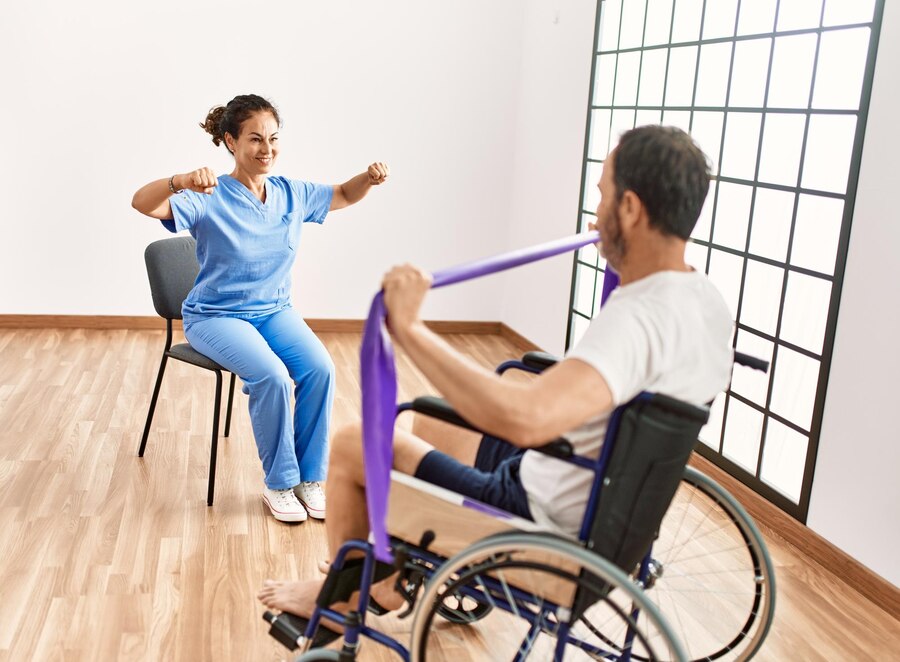
Expert guidance on paralysis exercises for recovery patients to enhance mobility and strength effectively.
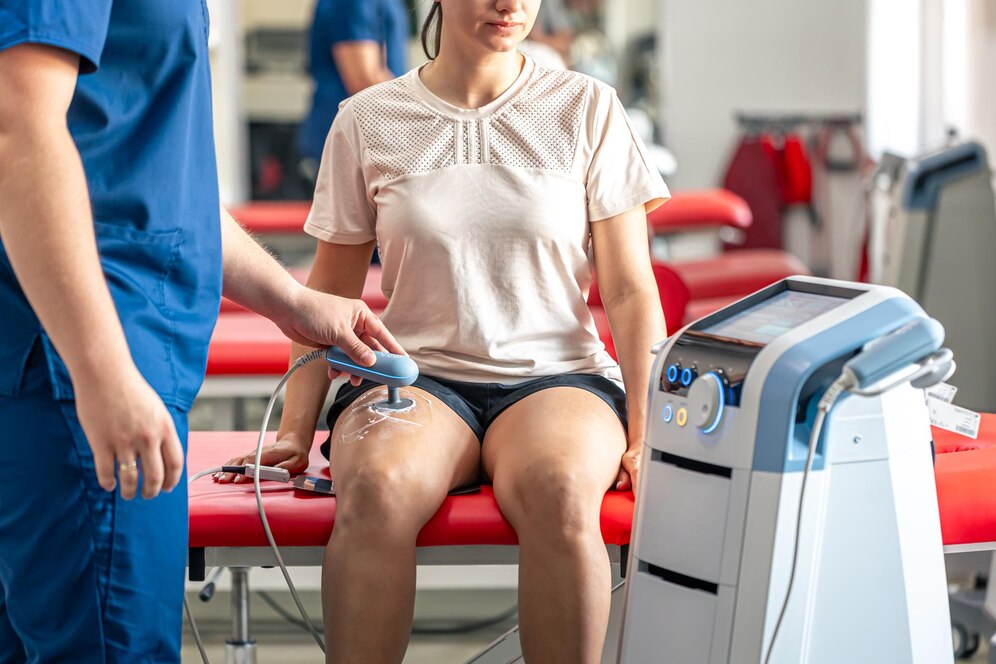
Electrotherapy treatment: Benefits, mechanisms, and applications in pain relief and muscle recovery. Understand how it works and its medical uses.

Effective speech therapy techniques to enhance communication skills and overcome challenges.

Learn how a balanced diet can support recovery from paralysis by boosting strength and aiding the healing process.
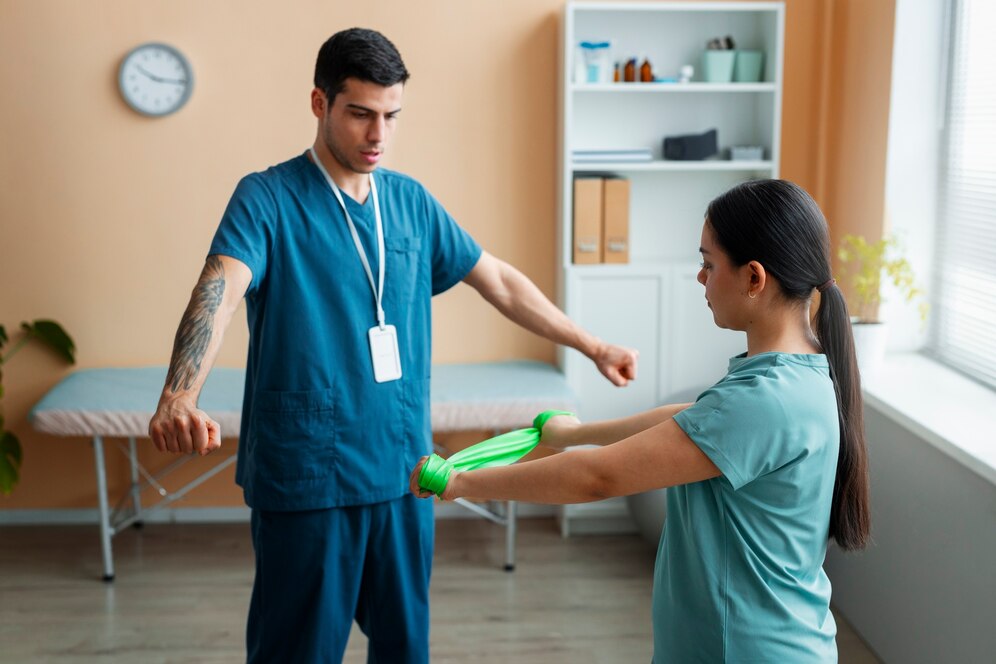
Learn why starting stroke rehab early is crucial for maximizing recovery, reducing disability & improving quality of life.
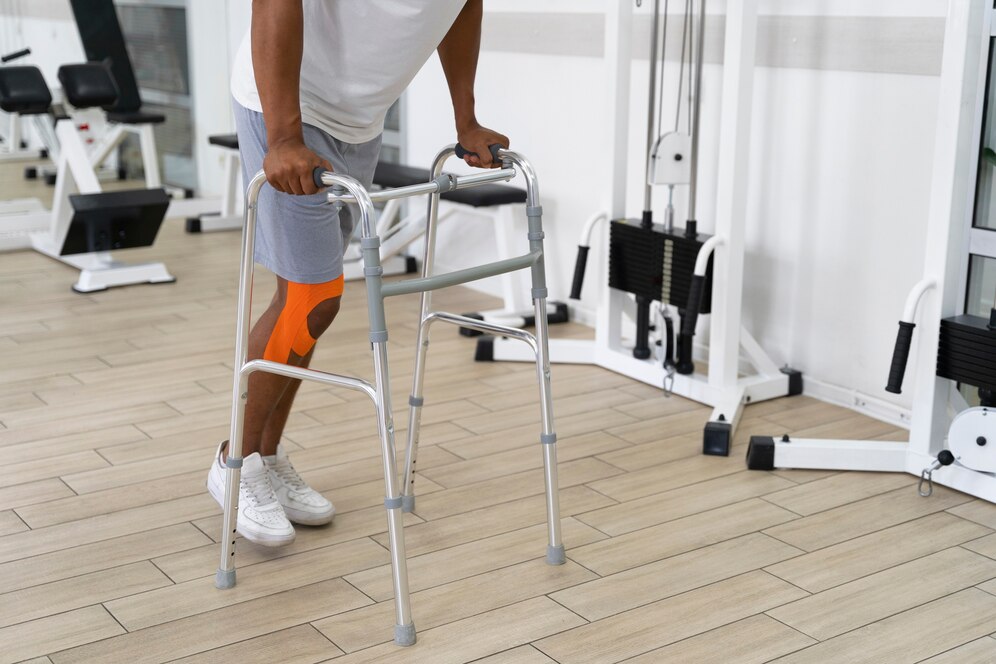
Comprehensive guide to paralysis and rehabilitation options. Effective strategies and therapies for recovery await!
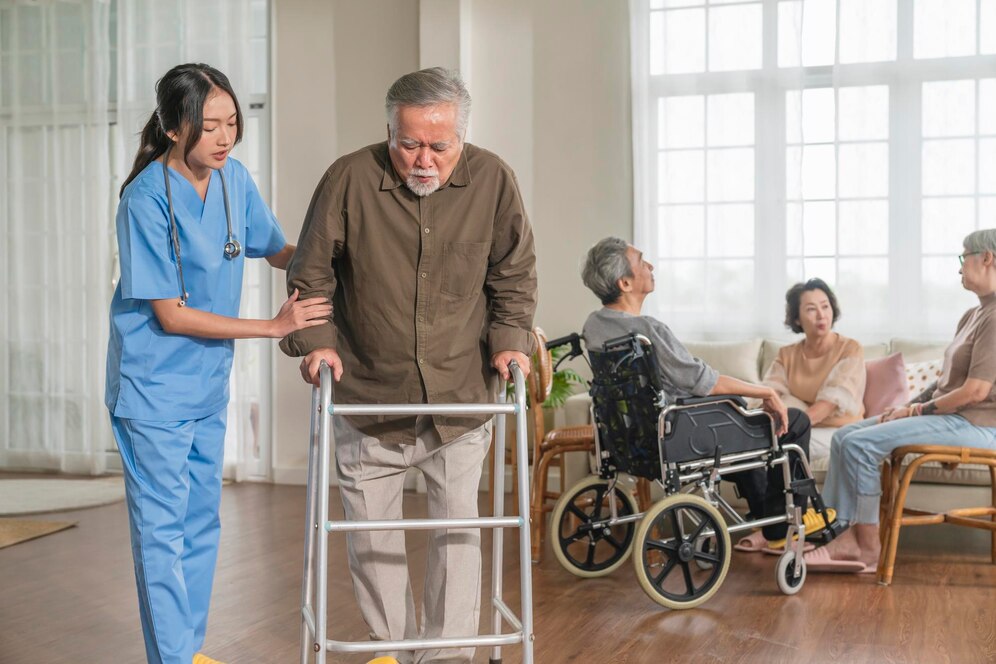
Explore various types of rehabilitation therapies and their benefits to aid recovery and improve quality of life.

Learn how physiotherapy alleviates chronic pain and enhances mobility effectively. Know more about its benefits and techniques.

Learn more about our community-focused approach at our Medical Rehabilitation Center to help and support children with cerebral palsy. Contact us today! When a child is diagnosed with cerebral palsy (CP), the focus often shifts immediately to the physical aspects—managing the signs and symptoms of cerebral palsy to improve quality of life. But what about […]

Experience personalized care, safe recovery, and family support right in your own home. Perfect for post-surgical rehabilitation.
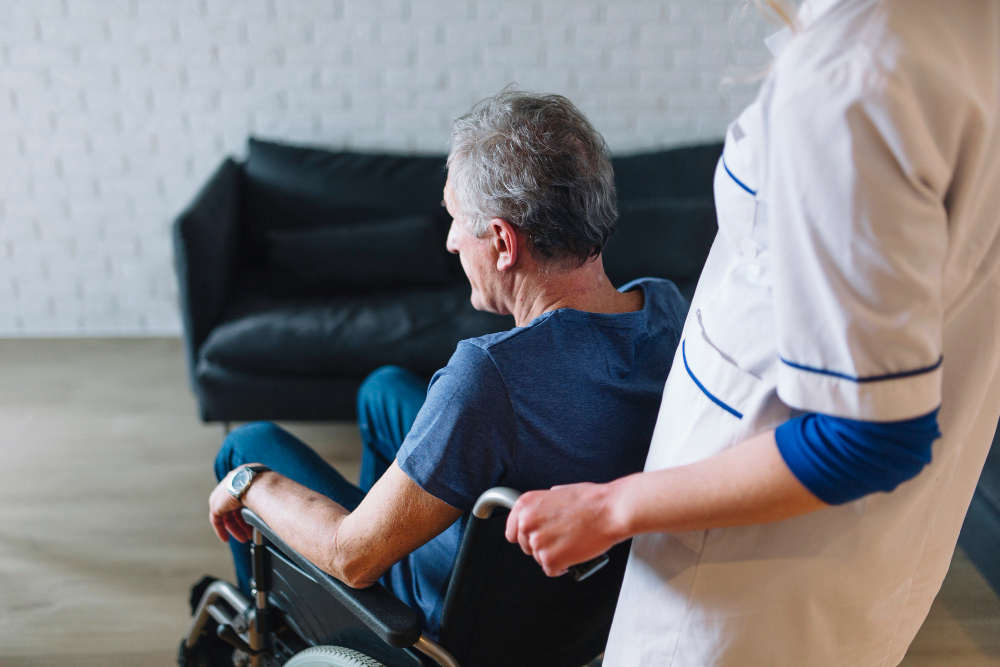
Surviving a stroke is a life-altering event, but it’s just the beginning of a journey toward regaining your independence and wellness. At our medical rehabilitation center, we’re dedicated to providing the support, medical management, and treatments necessary for each unique path to recovery. Treatments for Stroke Patients at MRC Comprehensive Medical Management of Stroke Recovery […]

Need help with talking or understanding? Our blog shows what speech therapy is and how it helps. Click to see how MRC can make things easier for you.
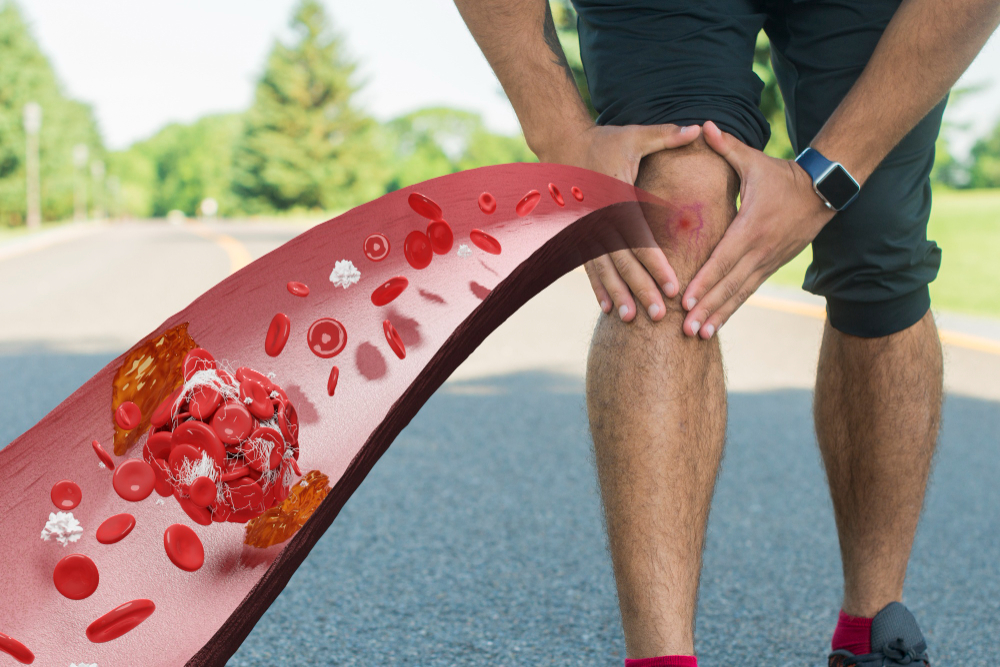
Get arthritis pain relief at our physiotherapy clinic in Kolkata, where personalized treatments that manage pain and meet your needs for a happier life.

At the Medical Rehabilitation Center, we are committed to supporting individuals with Parkinson’s disease every step of the way. Our team of experienced physiotherapists is here to provide the care and guidance needed to manage symptoms effectively and maintain an active, fulfilling life.
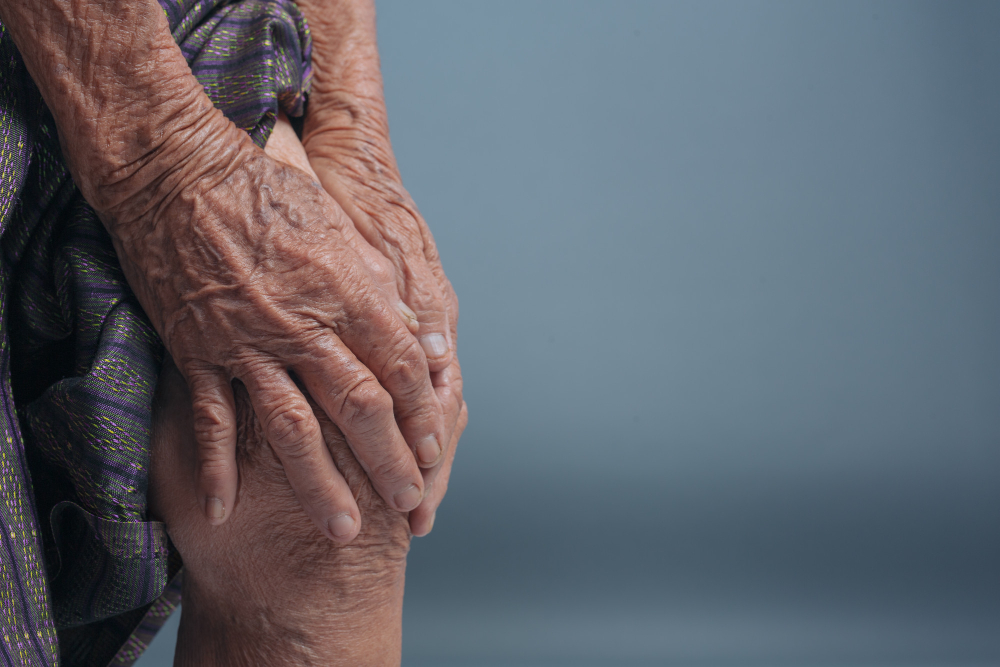
What is a Genicular Nerve Block? Genicular nerve blocks are interventional pain management procedures designed to alleviate chronic knee pain. The knee joint receives sensory input from branches of the genicular nerves, and blocking these nerves can provide targeted relief. What are the types of Genicular Nerve Block? There are three main branches of genicular […]

Are you tired of knee pain holding you back from living your best life? You’re not alone! Knee pain is a common villain in many of our life stories. But what if we tell you there’s a hero in this tale? Enter the genicular nerve block, a game-changer for those battling nerve pain in the […]
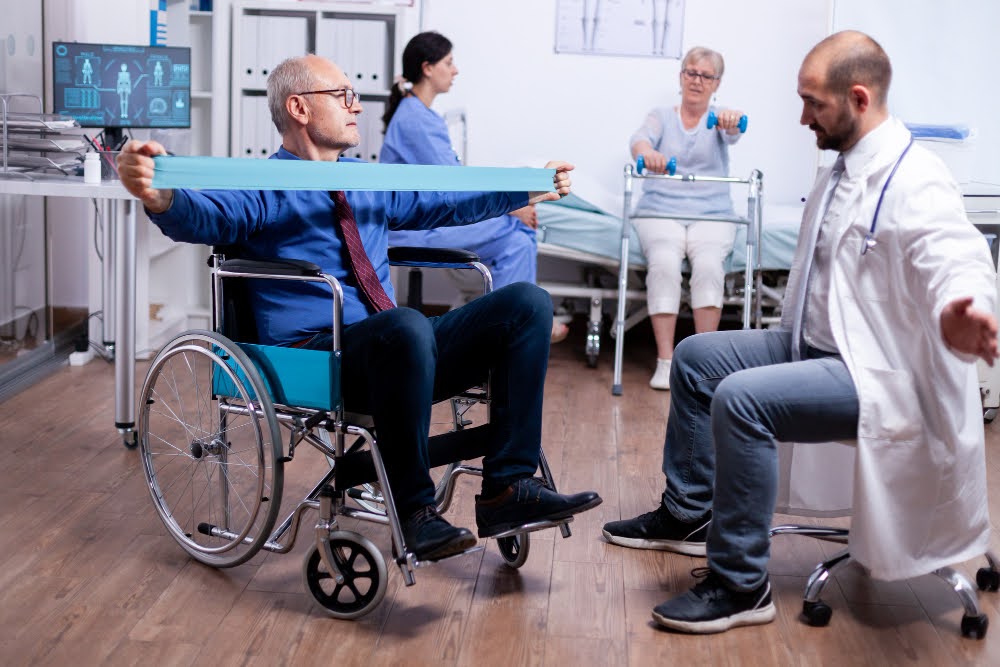
Paralysis is a life-altering condition that affects millions of people worldwide. In Kolkata, a city known for its rich cultural heritage and advanced medical facilities, finding the right hospital for paralysis treatment is crucial for recovery. At Medical Rehabilitation Center, we understand the profound impact paralysis can have on an individual’s life and the lives […]
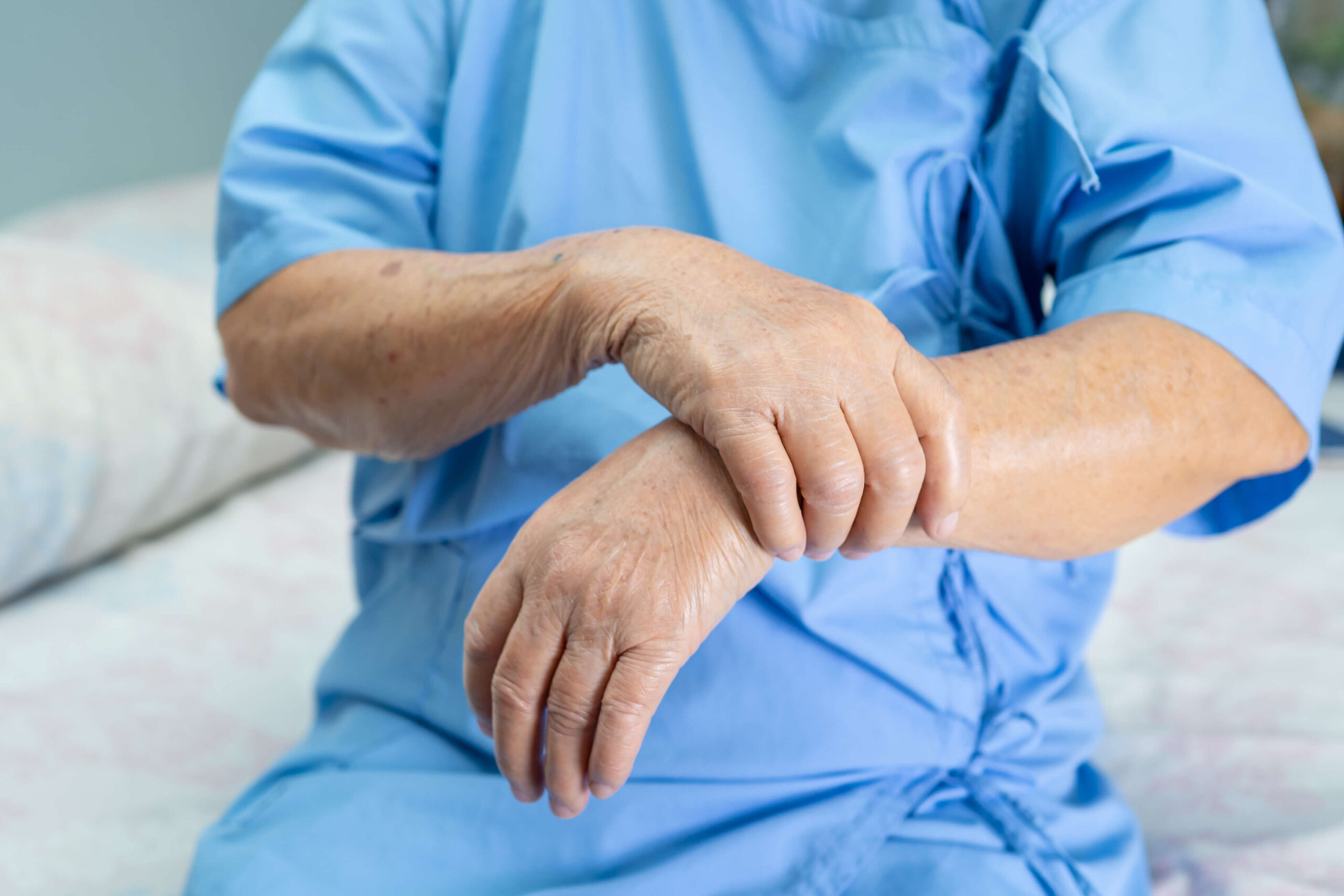
Arthritis, particularly in the hip, can significantly impact your quality of life, making everyday activities challenging. Fortunately, there are effective treatments for hip arthritis that don’t involve surgery. In this article, we’ll delve into how to relieve hip arthritis pain through various non-surgical methods, offering hope and improved mobility to those suffering. Understanding Hip Arthritis […]
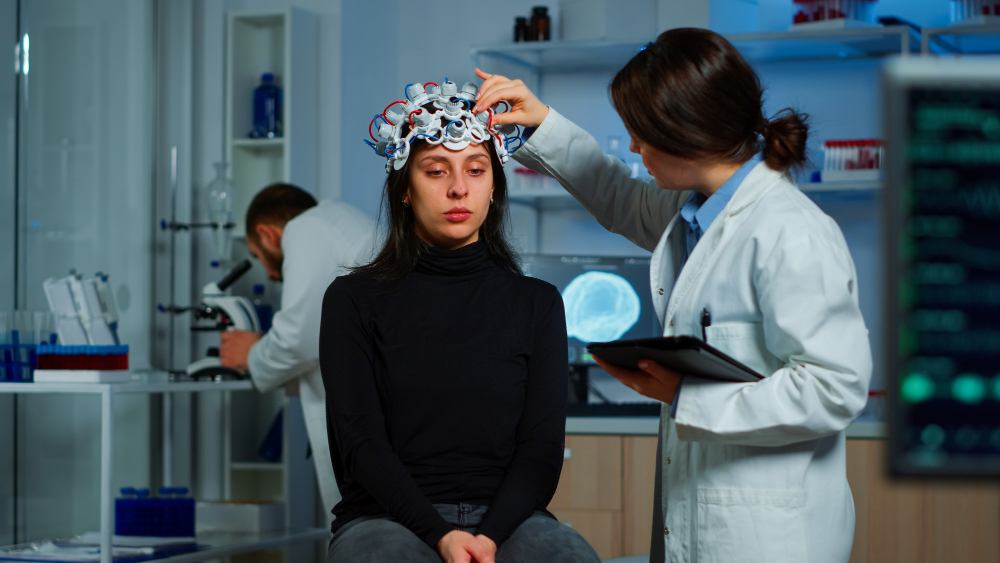
At MRC, where care meets innovation, we stand as the leading Physiotherapy Clinic in Kolkata, committed to transforming lives through specialized rehabilitation. In this exploration, we delve into the profound impact of our Neurological Rehabilitation programs, emphasizing our holistic approach in rebuilding lives. MRC’s Holistic Approach to Neurological Rehabilitation Introduction to MRC’s neurological rehabilitation programs: […]

At MRC, where innovation meets care, we recognize the profound impact of holistic approaches in healthcare. In this exploration, we delve into the world of music therapy, a unique discipline gaining prominence at MRC – The Best Physiotherapy Clinic in Kolkata. Let’s unravel the multifaceted dimensions of music therapy and its transformative potential. The Basics […]

In the heart of Kolkata, MRC emerges as a trusted haven for physiotherapy, pioneering innovative approaches to address the intricate connection between neck pain and migraines. As we delve into breaking the cycle of this complex relationship, MRC – The Best Physiotherapy Clinic in Kolkata takes the spotlight, offering expertise and compassion in equal measure. […]
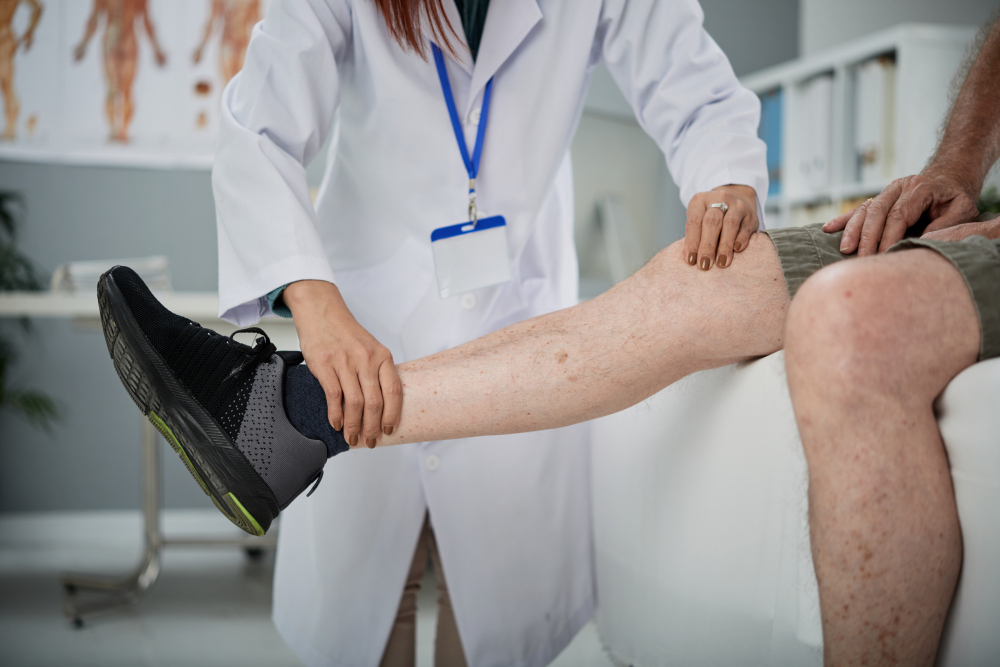
In the vibrant city of Kolkata, MRC stands as the beacon of excellence in physiotherapy. As we explore the intricate journey of tendon and ligament tear recovery, MRC – The Best Physiotherapy Clinic in Kolkata takes center stage, offering unparalleled expertise and compassionate care. Understanding Tendon and Ligament Tears Causes and common scenarios leading to […]

Neurorehabilitation is a specialized and holistic approach to help individuals recovering from neurological conditions such as strokes, brain injuries, spinal cord injuries, and neurological disorders. This short guide aims to provide essential information for both patients and caregivers on the journey to neurorehabilitation What Is Neurorehabilitation? Neurorehabilitation is a comprehensive and individualized program that focuses […]
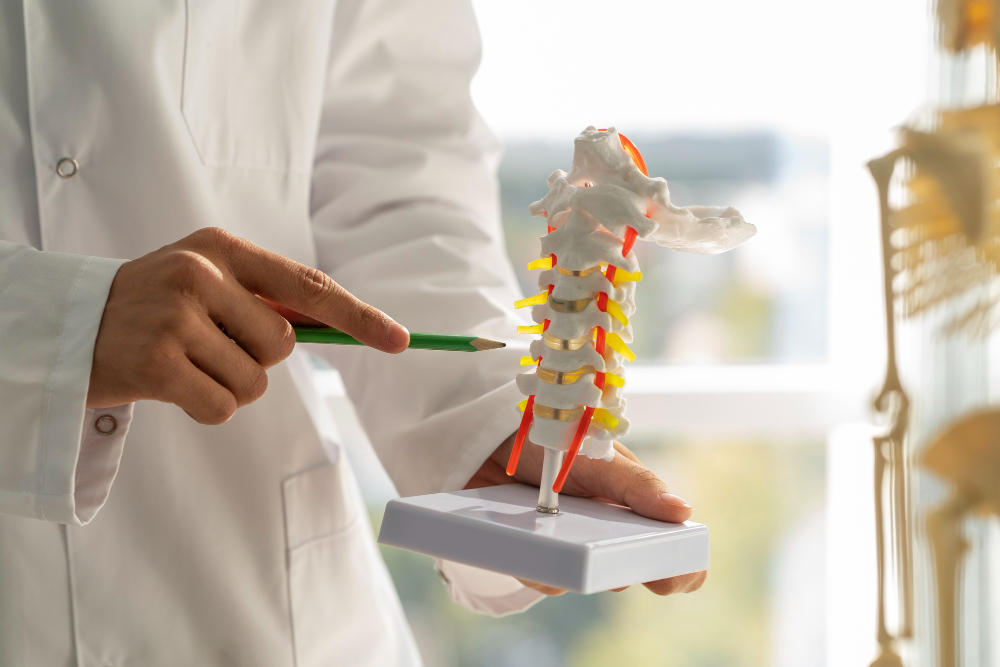
MRC, the foremost Physiotherapy Clinic in Kolkata, is dedicated to improving the lives of individuals dealing with chronic pain. The pursuit of pain relief often leads to medication-based management, but there are alternative approaches that can provide effective results without the side effects of medications. In this blog, we will explore one such alternative – […]

MRC, recognized as the leading Physiotherapy Clinic in Kolkata, is dedicated to enhancing the lives of individuals grappling with myopathies. Myopathies are a group of muscle disorders that have evolved over centuries, impacting countless lives. In this blog, we will delve into the history of myopathies, explore their symptoms and diagnosis, and shed light on […]
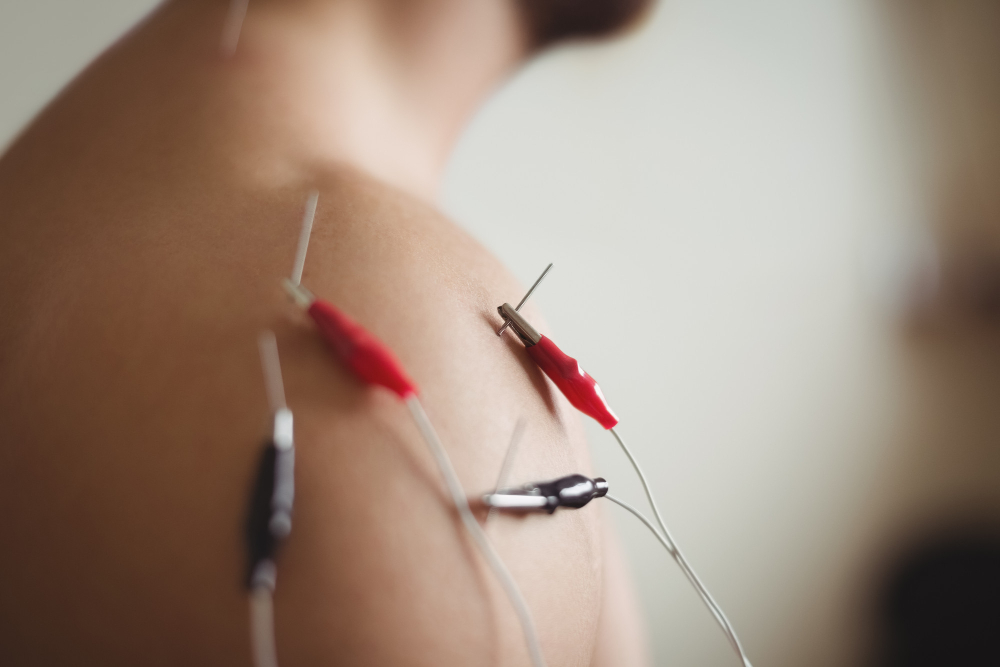
Electrotherapy, a revolutionary modality in the realm of physiotherapy, has been transforming the lives of patients dealing with various musculoskeletal issues. The precise application of electrical currents can work wonders in managing pain, promoting muscle rehabilitation, and enhancing blood circulation. At the Medical Rehabilitation Center in Kolkata, we’ve seen firsthand how electrotherapy offers a range […]

Urinary challenges are more than mere inconveniences. They can disrupt daily routines, hinder social interactions, and significantly impact emotional well-being. However, advancements in medical science have brought forth Urodynamic Rehab, a specialized approach offering hope and solutions to those grappling with urinary issues. This article aims to shed light on how Urodynamic Rehab is revolutionizing […]

Spasticity, often associated with neurological conditions such as cerebral palsy, stroke, and traumatic brain injuries, is a condition that can significantly impact an individual’s quality of life. In this article, we’ll delve into the essential role that physical therapy plays in managing spasticity and improving the lives of those affected. Understanding Spasticity Spasticity is characterized […]

Do you or your loved ones experience physical pain while performing day-to-day activities? As we age, our body is unable to recover from distress completely. Generally, we consume painkillers to get instant pain relief. We don’t realise how harmful these painkillers are for our bodies in the long term. That’s where Interventional Pain Management comes […]
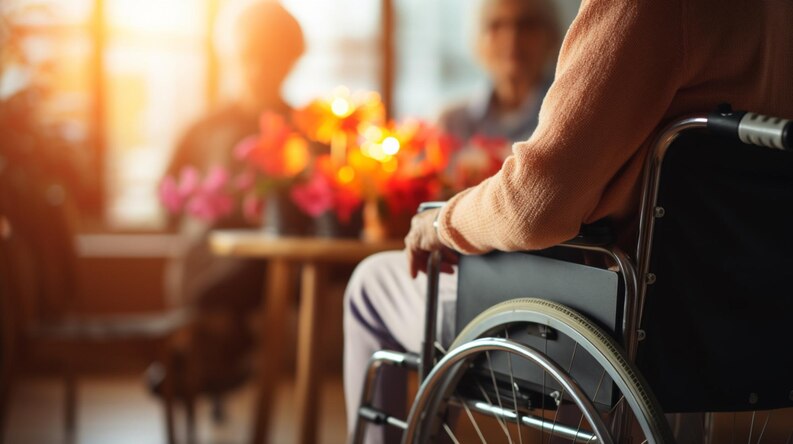
What is a Paraplegic Disorder? Paraplegia is a neurological disorder characterized by partial or complete paralysis of the lower limbs and often the lower part of the body, typically as a result of spinal cord injury or damage. Living with paraplegia can be challenging. However, modern medical advancements have brought forth a range of treatments […]
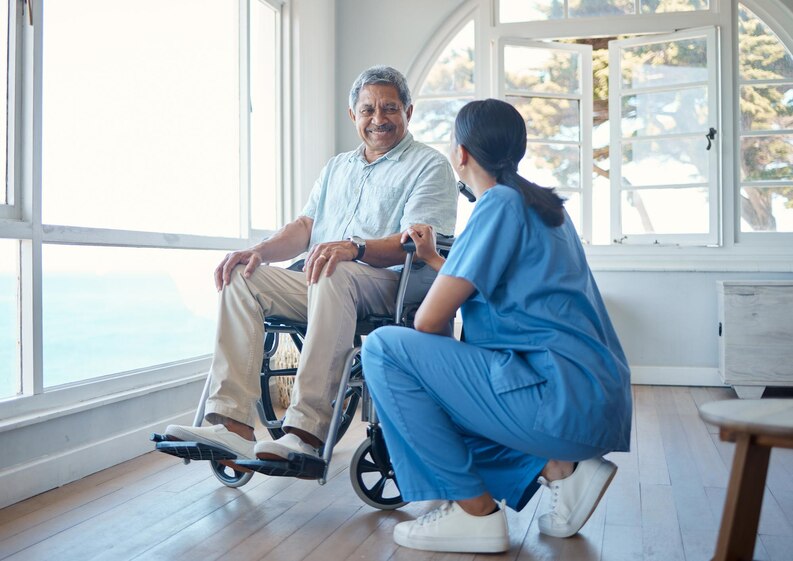
The road to recovery after a critical surgery or episode can be long and challenging. Patients often face a myriad of physical, emotional, and cognitive hurdles. Apart from family support & involvement, critical care physiotherapy also becomes paramount. Traditionally, rehabilitation focused solely on physical therapies to restore functionality. However, MRC Kolkata recognized that true recovery […]
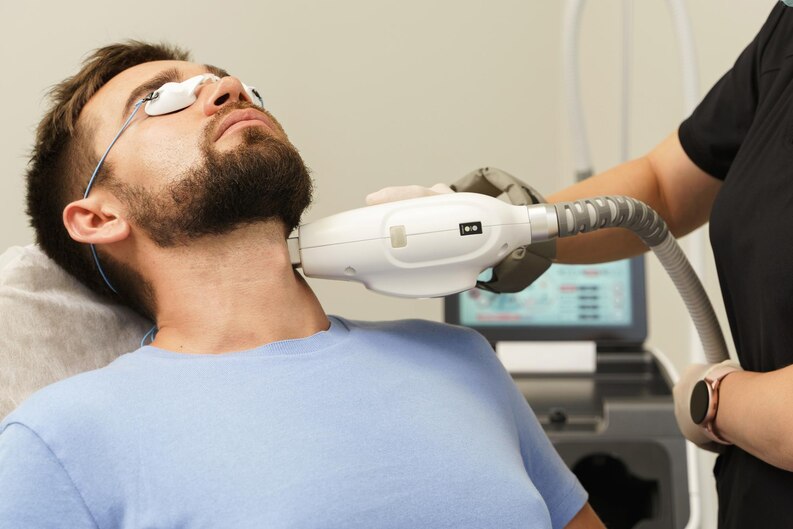
Technological advancements have provided the healthcare sector to reach unexplorable capabilities. One such innovative approach is laser therapy, which aids pain management. Unwanted pain can have a significant effect on our quality of life. This cutting-edge technology has gained attention for its non-invasive nature and promising results. In this blog, we will delve into the […]

Cerebral palsy (CP) is a group of neurological disorders that affect movement, muscle coordination, and posture. It is caused by damage to the developing brain, often occurring before or during birth or early childhood. Pediatric rehabilitation plays a crucial role in managing and treating cerebral palsy (CP) in children. Pediatric rehabilitation involves a multidisciplinary team […]
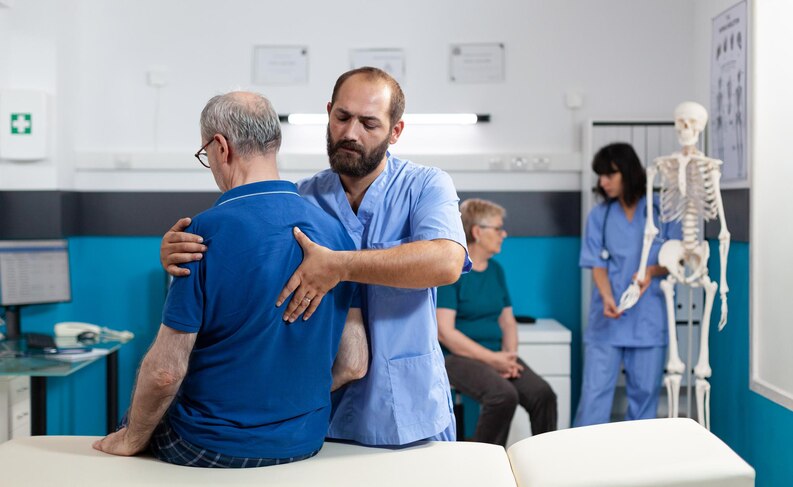
Almost every patient post-surgery is referred to rehabilitation on the road to recovery. To bring the body back to normal and ensure a speedy recovery, rehabilitation after surgery gives the patients the confidence to live a wholesome life again. Although many patients think some rest will be fine after the surgery, that’s not the case. […]
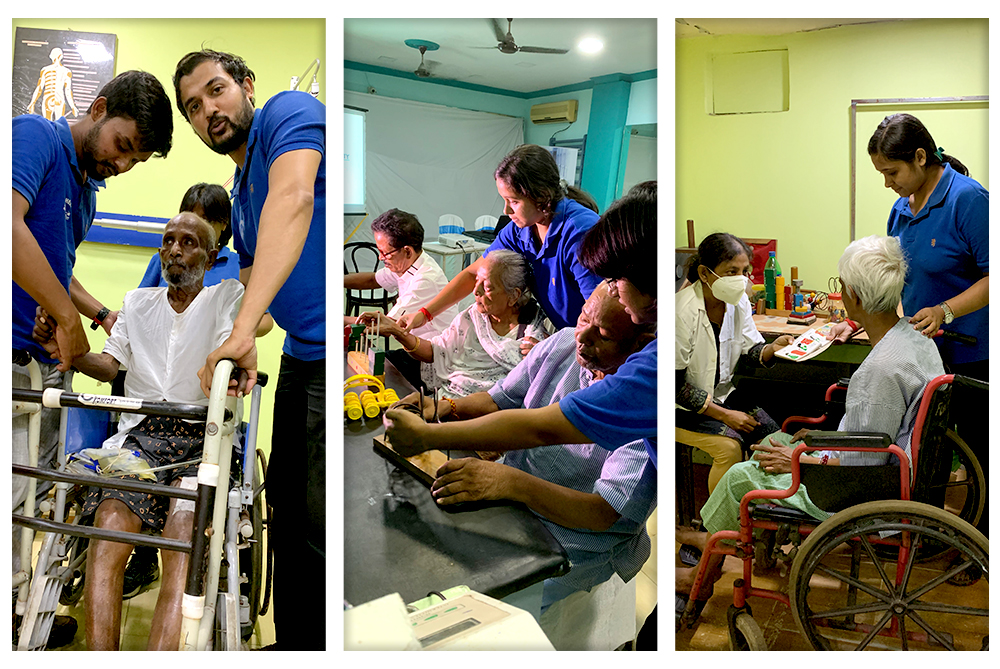
Paralysis is a loss of muscle function in one or more parts of the body. It occurs when there’s a problem with the nerves that send signals from your brain to your muscles. This condition can result from various factors such as spinal cord injury, stroke, traumatic brain injuries, multiple sclerosis, or other neurological disorders. […]

Vertigo is a medical condition characterized by a false sense of spinning or movement, where an individual feels as though they or their surroundings are rotating, tilting, or moving when there is no actual movement. It is often associated with dizziness and a loss of balance, leading to a sensation of being unsteady or off-balance. […]
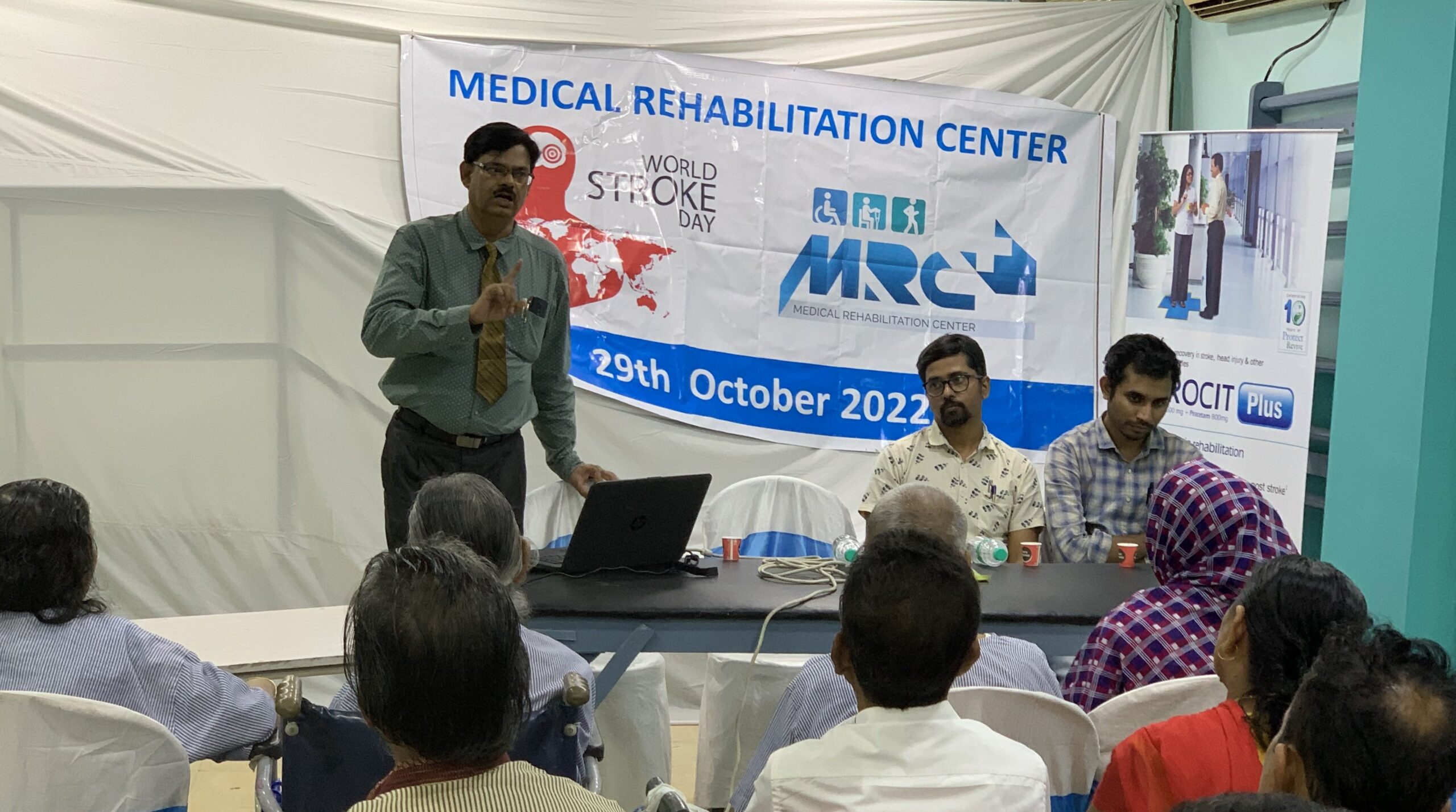
The Medical Rehabilitation Centre in Kolkata, India, is one of the first rehab centers to integrate indoor neuro-orthopedic care in the non-government sector. The center was established 21 years ago when the concept of rehabilitation in India was still in its infancy and was mostly reserved for those suffering from addiction or substance abuse. However, […]
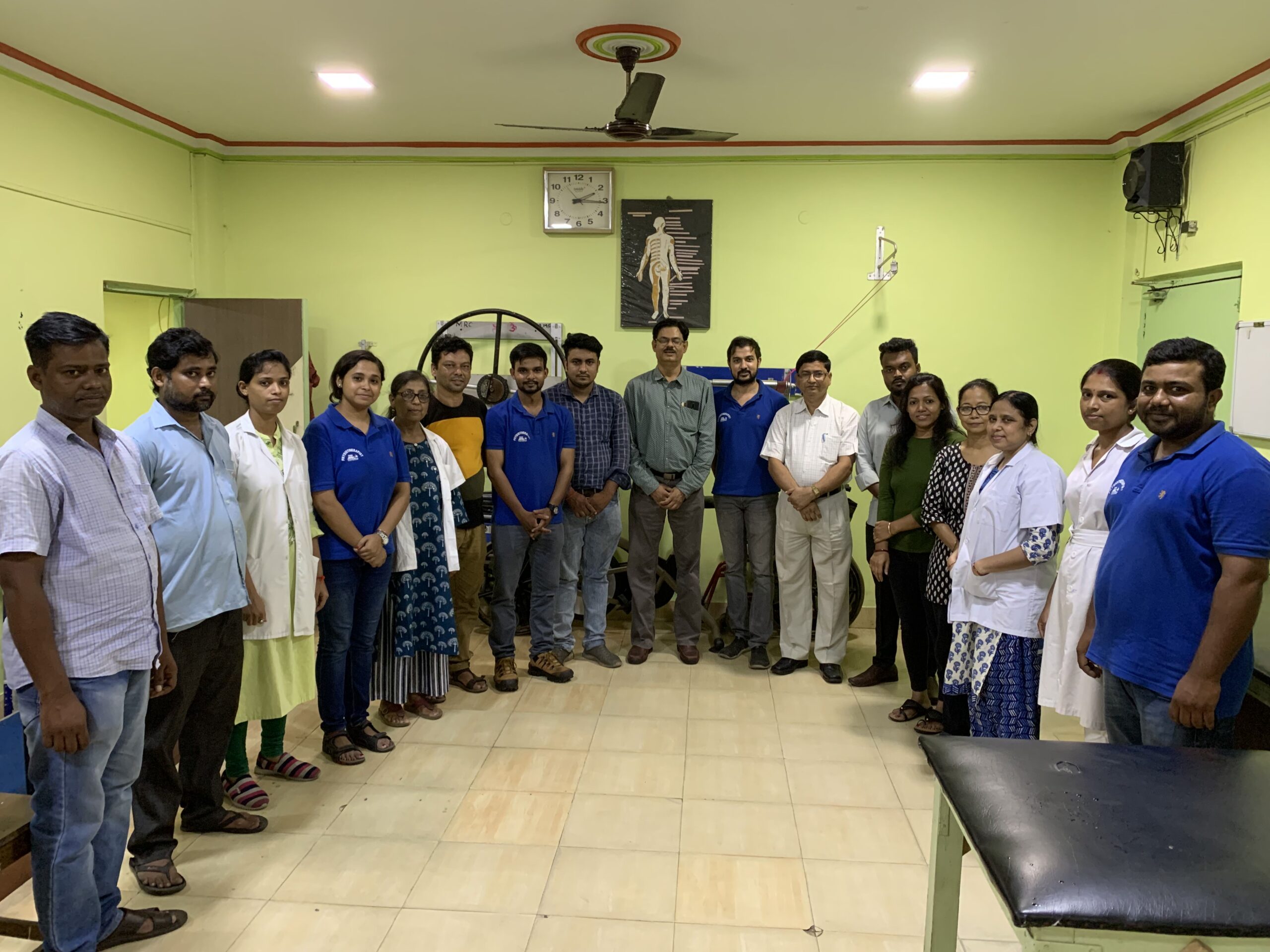
With the hustle and bustle of our daily lives, it is most likely to have a few aches around our body. Most of the time we ignore it. But it is important to address the pain before it spreads to other parts of the body. Getting yourself checked when you experience the slightest pain due […]
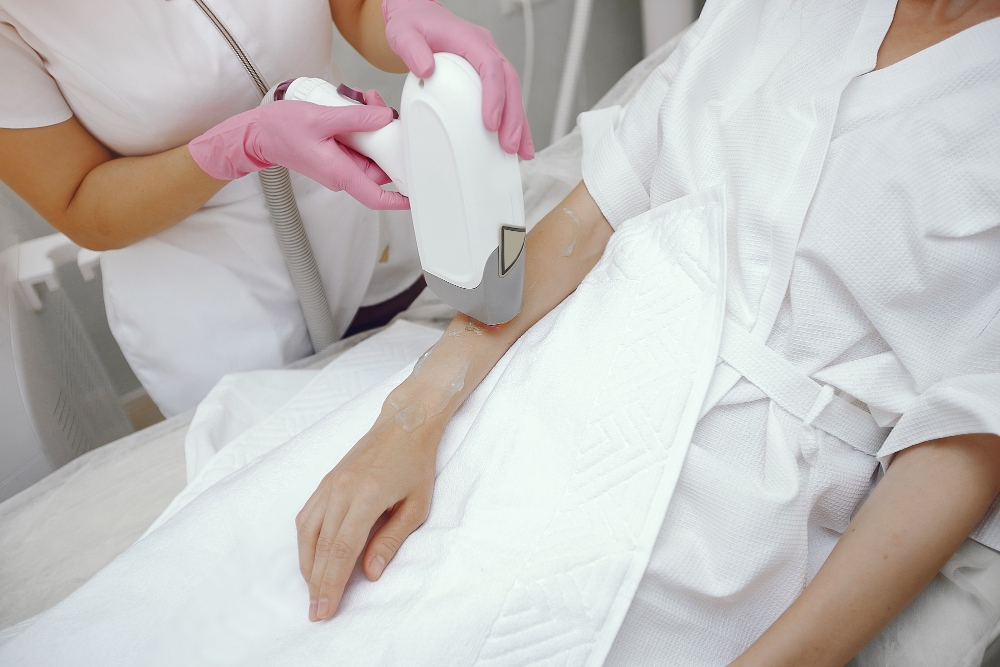
LASER- short for Light Amplification by Stimulated Emission of Radiation involves the application of low-intensity laser light to relieve pain caused due to the damage of soft tissue. Laser therapy facilitates easy repair of the tissues and helps in restoring normal cell function. Experts use it to heal wounds and pain. Laser therapy in physiotherapy […]

We often suffer different kinds of pain in different body parts. This is a given owing to our daily busy hectic schedules. But when the pain spirals out of control, so much so that it impedes your ability to even perform basic daily activities, that is your sign to seek medical help. Pain Management is […]
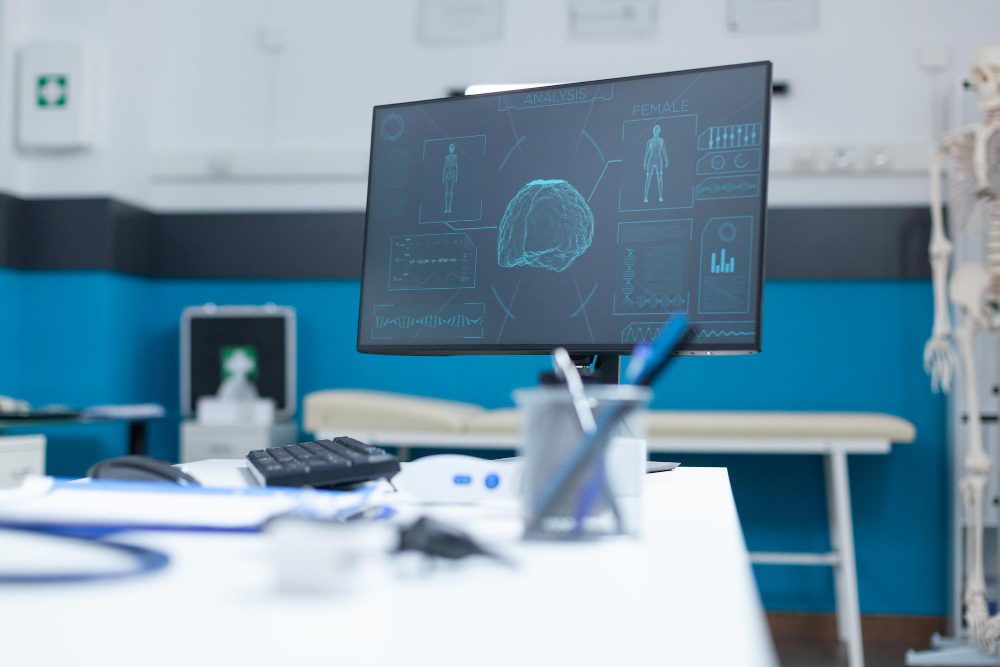
Neurological conditions and injuries can be devastating, leaving patients unable to perform basic daily activities. Finding the right Neuro Rehabilitation center is critical if you or a loved one is suffering from a neurological condition or injury. Neurorehabilitation centers play a vital role in helping individuals recover from neurological conditions and injuries, such as stroke, […]

Physiotherapy today is deemed to be the most effective way of recovery when pain and paralysis derail one’s free movement. This treatment helps in relieving pain and recovering mobility in elderly patients without causing any negative side effects. It is way easier for younger people to recover when they’re struck by any ailment that deters […]

Pain is your body’s way of telling you that something isn’t right. A staggering population today suffers from anxiety, depression, and other mental health issues. And most of it stems from physical pain and the inability to lead normal lives where pain doesn’t impede their daily functioning. Listen to what your body is telling you […]

When you are suffering from a physical illness that hinders your free movement and restricts your ability to perform day-to-day activities, that is a sign of approaching long-term illness. This could result in varied problems relating to mobility and strength. If the condition worsens you might have to resort to heavy medication or even surgeries. […]
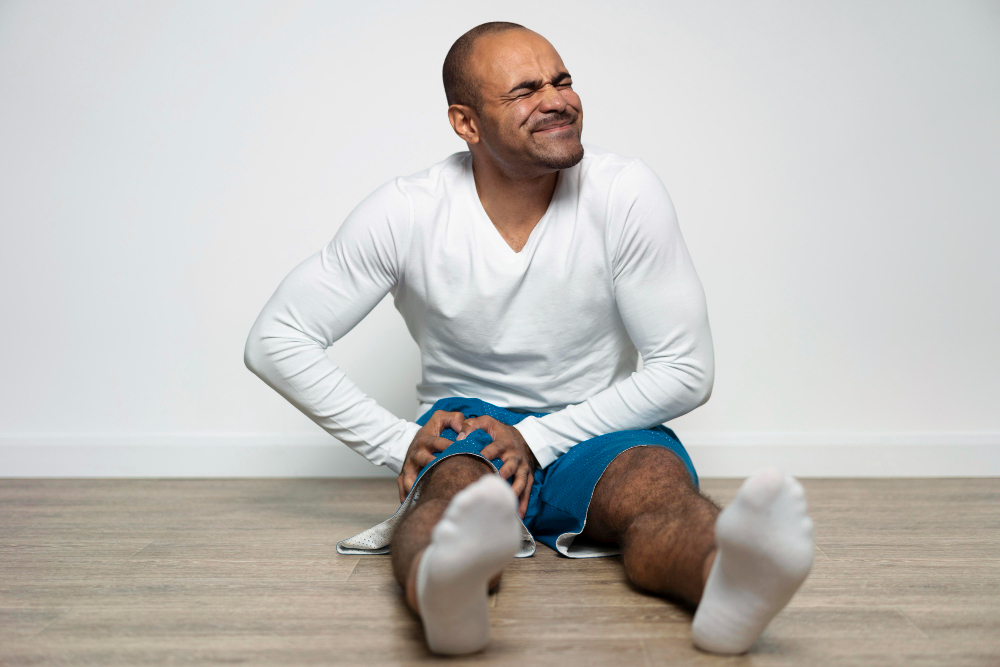
Chronic knee pain is a stinging ache that happens in the leg joints. It can be caused due to medical reasons or traumatic injuries. Joint pain is becoming very common these days, almost every other person is suffering from it. It should be taken very seriously since it is a long-term illness that causes aching, […]
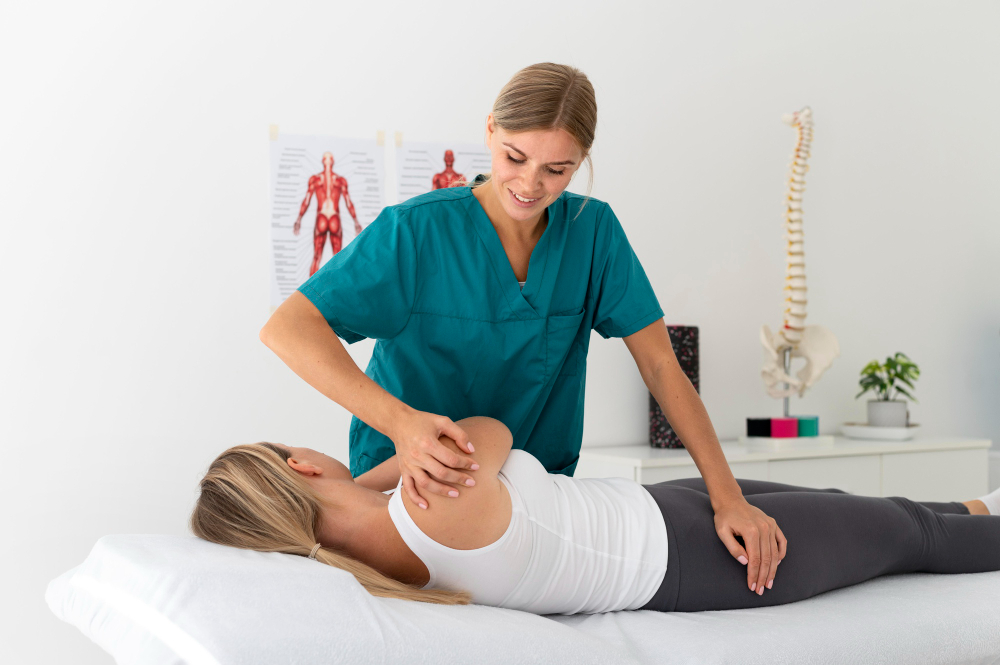
There are lots of physiotherapy clinic in Kolkata & it’s very hard to choose the best. Read this guide which help you to find the best physiotherapy clinic. According to WHO (World Health Organization) stats, India should have one physiotherapist for every 10,000 residents. Given the Indian population, India needs approximately 1.4 lakhs physiotherapists. With […]

What is Speech Therapy? Speech therapy evaluates, diagnoses, and treats speech, language, and other communication disorders. Speech therapy focuses on issues like fluency, phonology, and articulation in order to improve communication, language, and speech skills. You should consider speech therapy if you or your loved ones: Effective Speech Therapy Exercises For Home It would be […]

The role of Physiotherapy in pain management is considered one of the most effective rehabilitation treatments available today. Through evolution over the years, physiotherapy addresses different types of pain. The role of physiotherapy in pain management has spread momentum to the recovery process by mitigating pain and reducing time spent in healing. Therefore, by providing […]
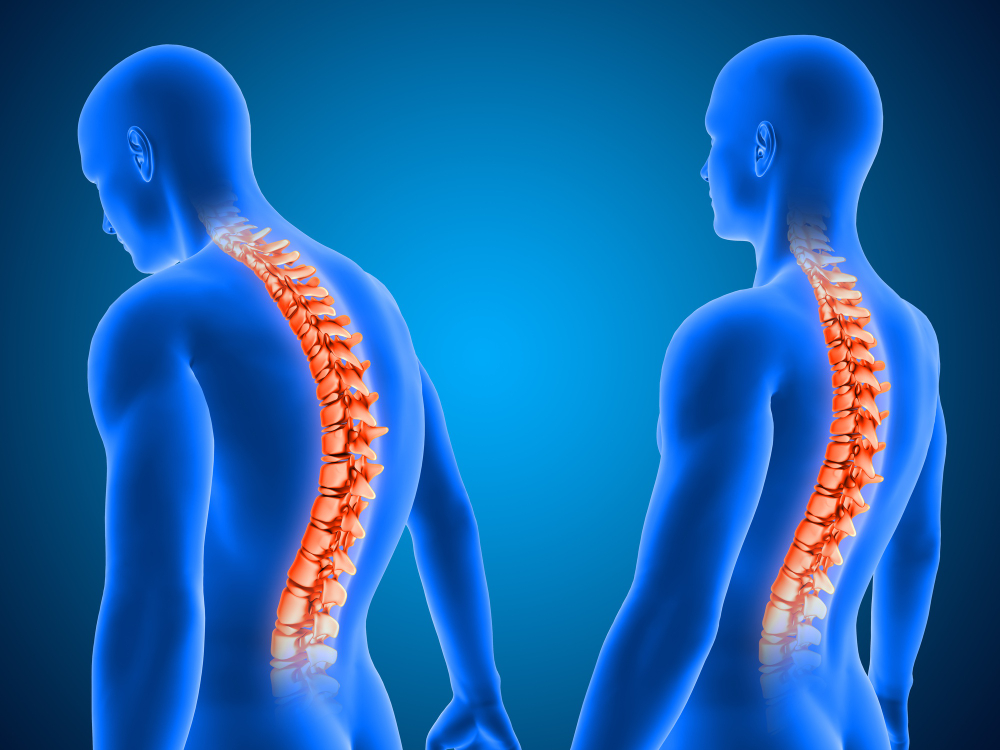
The damage in the spinal cord can result in Spinal Cord Injury. It can often lead to permanent loss of sensation, strength, and function below the site of injury. The spinal cord is an important bundle of nerves that runs from the bottom base of the brain from all the way to the person’s back. […]

Physiotherapy treats a range of conditions and is a part of medical science. Physiotherapy Types are different for old people, children with cerebral palsy, neurological issues, pregnant women, and many more.

Joint Pain from Arthritis can really be painful. Read out the remedies that can help you to tackle the pain. Look for a physiotherapy session in Kolkata that can help you to ease the pain.

21 years back rehabilitation in India was meant only for Alcoholic or Drug addict patients. Though this medical science was very popular in USA and other countries, this new concept was not at all popular among medical professionals as well as general people. Medical Rehabilitation Center is a physiotherapy clinic in Kolkata that introduced its first rehab centre…..
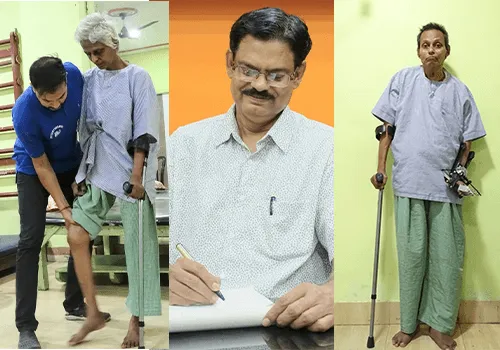
Dr. M M Ghatak, a physical Medicine & rehab specialist, by the inspiration of Prof. Terence Kavanag, Director, Toronto Rehabilitation center, took the endeavor to start the new concept of integrated, dedicated indoor rehabilitation center for neuro – orthopedically incapable patient, in the year 2021.